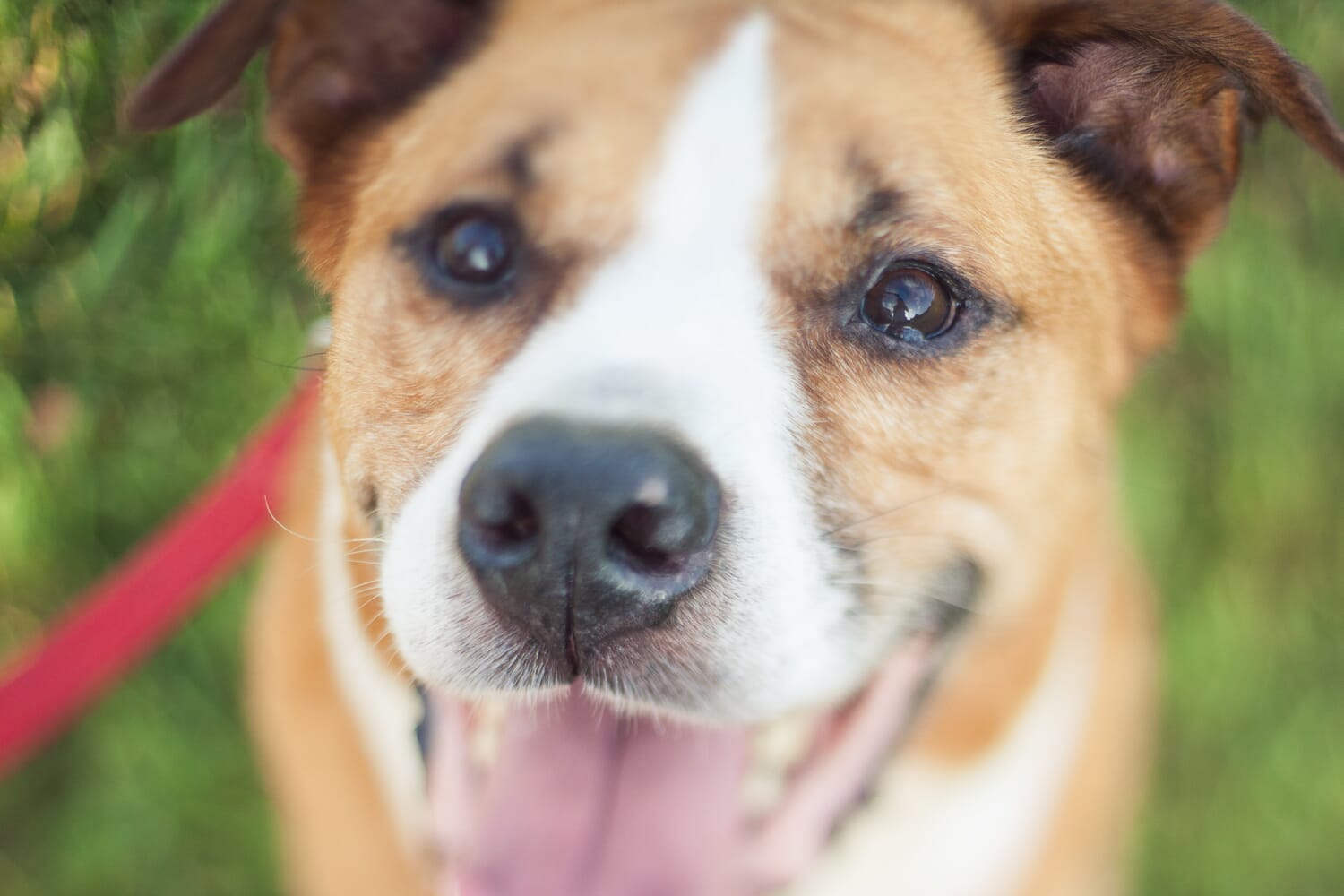Editor’s Key Takeaways: Mastering Camera Focus Points for Stunning Photos

Here is a summary of the blog post:
- The article explains camera focus points and their importance in capturing stunning photos.
- Camera Focus Points: Focus points are dots around the frame that your camera uses to focus, which can be active or inactive. Active points acquire focus, while inactive points can be activated by changing AF area modes.
- Number of Focus Points: The quantity varies by camera model, with modern systems offering from a dozen to hundreds of points. More focus points generally enhance focusing capability.
- Types of Focus Points: There are standard and cross-type focus points. Cross-type points are more advanced and accurate.
- Autofocus Modes: Different autofocus modes include single-shot (for still subjects) and continuous/tracking (for moving subjects).
- AF Area Modes and Autofocus Modes: These include single-point AF, dynamic area AF, and zone AF, each suited for different subjects and conditions.
- Shooting Still Subjects: Utilize the “focus and recompose” method for precise focusing.
- Shooting Moving Subjects: Use AF tracking modes to maintain focus on moving subjects easily.
By mastering these techniques, photographers can significantly improve their ability to capture sharp and well-focused images.
Introduction
What are your camera focus points, and how can they help you capture stunning photos?
That’s what this article is all about.
I’m going to share with you everything you need to know about focus points–so that, by the time you finish, you’ll be able to expertly work with focus points for the best possible images.

Are you ready?
Let’s get started.
Camera Focus Points:
What Are Focus Points?
Focus points are what your camera uses to focus.
They’re basically little dots that exist all around the frame.
If you have a single active focus point in the center of the frame, your camera will focus on the part of the scene in the center of the frame (i.e., the area that sits “under” the focus point).
Whereas if you have a single active focus point in the corner of the frame, your camera will focus on the part of the scene in the corner of the frame.
Make sense?
Note that focus points can either be active or inactive. Active focus points are used by the camera to acquire focus, whereas inactive focus points lie dormant (but can be activated by changing the AF area mode, as discussed in a later section).

How Many Focus Points Do Cameras Offer?
The number of focus points offered by a camera depends on the specific model.
More focus points are pretty much always better, which is why camera focus point counts are continuously increasing.
If you look at today’s autofocus systems, you’ll see a spread of point counts, from around a dozen on the low end, to hundreds on the high end.
A key factor here is whether the camera uses an on-sensor autofocus system or a separate autofocus system; while the difference between these two systems is beyond the scope of this article, know that current separate autofocus systems are much more limited in terms of point counts, whereas on-sensor systems can offer hundreds and hundreds of points.
Types of Focus Points: Standard Versus Cross-Type
Autofocus points work by observing part of the scene, then making deductions about whether that area is in focus.
When you press your shutter button halfway down, the active points engage. They observe part of the scene, then seek to bring that part of the scene into focus.
Now, one type of AF point system, known as phase-detection AF, offers two different types of AF points:
Standard AF points and cross-type AF points.
You’ll often hear camera manufacturers bragging about the number of cross-type AF points, because these are the faster, better option for acquiring focus.

While standard AF points only observe the scene along one axis (vertical or horizontal), cross-type AF points search observe the scene along both axes–which makes them much more adept at acquiring focus.
That’s why cross-type AF points are generally better than standard AF points. And if you need a top-notch autofocus system, more cross-type points is the way to go.
Focus Points and Autofocus Modes
Now that you understand the basics of camera autofocus points, it’s time to understand how the points actually behave–and how you can affect them by way of your camera settings.
There are two broad types of relevant modes, here:
- Autofocus modes.
- And autofocus area modes.
In this section, I’m going to concentrate on autofocus modes. Then I’ll continue on for a discussion of AF area modes.
Sound good?
Autofocus modes determine how single AF points behave.
Specifically, AF points offer two basic options:
- They can acquire focus, then lock.
- Or they can continuously acquire focus, constantly adjusting as the area “under” them shifts.
When your camera is set to AF-S, also known as One-Shot AF, the AF points will simply acquire focus, then stop.
As long as you continue to half-press the shutter button, the original point of focus will remain locked, even if your subject runs away or moves about the frame.
But when your camera is set to AF-C, also known as AI-Servo, the AF points will acquire focus and keep acquiring focus.
If the area under a focus point moves, the focus point will adjust focus until that area comes back into focus.
As you probably realize, this means that AF-S isn’t especially good for moving subjects, while AF-C is; if your subject runs toward you while you’re trying to focus, using AF-S will be a nightmare.

But AF-C will keep the subject in focus, because it will constantly be refocusing to ensure perfect sharpness.
For that reason, I recommend using AF-S when shooting still subjects (which will allow you to use the focus and recompose method discussed below), whereas I recommend using AF-C when shooting moving subjects.

Focus Points and AF Area Modes
Autofocus area modes are the other side of the AF mode coin.
Rather than tell single AF points how to behave, autofocus area modes instruct the camera on which AF points to use, and how they should act in concert.
For instance, do you want to keep just one AF point active, in the very center of the frame? Do you want all the points to be active, all about the frame? And what happens if a subject moves from one side of the frame to the other? Should a new AF point try to track the subject, or should the original AF point try to focus behind the subject?
These are all situations handled by AF area modes.
Now, there are three broad types of AF area modes tha you should be aware of.
First, there are single-point AF area modes.
These allow only one AF point to be active at a time.
If you’re using a single-point AF area mode, you can set it to focus at the center of the frame, or on the edges, or the corners–wherever there are AF points available.
(As discussed above, the number of available AF points depends on your camera model.)
But, with single-point AF area modes, you cannot activate two AF points at once.
You can, however, shift the AF point as you’re shooting. Say that you’re photographing a person on the right side of the frame, but then that person walks a few feet to the left. You can always move the AF point (via the buttons on the back of your camera) to follow the person, so that you’re able to acquire perfect focus once again.
Note that there are also variations on single-point AF modes. For instance, some modes allow you to initially select one AF point for focusing. But, if the subject moves, your camera will automatically activate surrounding AF points to track it (which is very useful for dealing with moving wildlife and birds).
Second, there are tracking AF area modes.
These are designed to follow your subject around the frame, wherever they may go. So tracking AF area modes essentially keep all focus points at the ready, then use different points to keep the subject in focus.
As you might expect, tracking AF area modes are especially popular for action applications: sports, birds in flight, etc. With a good tracking AF area mode, you can follow a fast-moving subject around the frame and keep capturing sharp photos, even as they move behind other objects before reappearing once more.

Nice, right?
Third, there are auto AF area modes.
These simply let the camera identify the best point of focus for you, and involve no work on your part. I don’t recommend using auto AF area modes, because they give you zero control over your point of focus, and will often acquire focus on the wrong subject.
AF Area Modes and Autofocus Modes: Putting It All Together
Now that you understand the essentials of AF area modes and autofocus modes, it’s important to recognize that these two options work in tandem to control your autofocus points.
It’s not a question of whether you’ll use AF-C or a tracking AF area mode.
Rather, you use both, together–though the autofocus mode will limit the behavior of the AF area mode.
What do I mean by this?
Well, certain AF area modes can only work with AF-C. For instance, tracking AF area modes can’t be used unless you have your camera programmed to use AF-C; as soon as you switch to AF-S, your camera will generally default to its single-point AF mode.
So just be aware that different AF area modes and AF modes go together.

Shooting Still Subjects: The Focus and Recompose Method
Here’s a useful method for photographing unmoving subjects:
First, set your camera to AF-S, and engage your single-point AF area mode.
Set the active AF point to the very center of the frame.
Now, given this, if you were to find a subject and fire off a shot, you probably wouldn’t get a very good composition.
Why?
Because your subject would be smack-dab in the center of the frame (remember, that’s where your active AF point sits!).
That’s why you should use what’s called the focus and recompose method.
Here’s how it works:
First, make sure your center AF point is directly over your subject. Then half-press the shutter button to lock focus.
Continue to hold down the shutter button (to keep the focus locked), and then shift your framing, until you get the composition you like.
At that point, you can press down the shutter button the rest of the way to fire off a shot.

In other words:
First, lock focus on your subject.
Then compose.
Then take your shot!
Make sense?
This is an excellent method for dealing with still subjects, because it allows you to carefully focus on your subject before also creating a nice composition.
The alternative would involve composing, then moving your AF point to where your subject sits in the frame.
But that’s a slow and often inaccurate method (after all, what if your subject doesn’t sit directly under any autofocus points?).
So I recommend using the focus and recompose method instead.
Of course, this method won’t work well for moving subjects, such as birds in flight.
By the time you’ve locked focus and recomposed, the bird will have moved within the frame!
So what do you do?
That’s what the next section is all about.
Shooting Moving Subjects: AF Tracking Modes
If you’re photographing moving subjects, here’s a basic workflow you can use for the sharpest possible frames.
First, set your camera to AF-C.
Then, select an AF tracking mode.
At this point, you generally have two options:
You can either set your starting autofocus point, and your camera will then track the object underneath it.
Or your camera can select the starting point for you, and then continue to track that area.
If you can, it’s good practice to set the starting point yourself, especially if there are multiple dominant objects within the frame.
Then you can fire off shot after shot, even as your subject moves rapidly around the scene.

One thing to realize, however:
No autofocus tracking mode is perfect.
Moving subjects can be very unpredictable, which means that you’re not always going to have a 100 percent keeper rate.
Really, I’d say that an 85 percent keeper rate is great. If you can achieve that, then you’re golden.
Understanding Camera Focus Points: Conclusion
Now that you’ve finished this article, you’re an expert on camera focus points.
You know what they are.
You know how they work.
And you know how to use them in different situations, so that you can get the best possible results!
So don’t neglect your focus points. Don’t let the camera do all the work for you.
Instead, carefully select the AF mode and AF area mode you need–so you can get consistently sharp images!

What are camera autofocus points?
Camera autofocus points refer to the spots in the frame that acquire focus. They attempt to bring areas of the scene into focus, though they can behave in different ways depending on your autofocus mode and autofocus area mode settings.
What’s the difference between AF area modes and AF modes?
There are two common AF modes: AF-S and AF-C. These determine whether a single point will continue to acquire focus once it has been told to find focus (as in the case of AF-C modes), or whether that point will find focus and simply hold it (as in the case of AF-S modes). AF area modes, on the other hand, allow you to select the number of AF points active at one time, as well as how the AF points will work together (as in, will the AF points track the subject about the frame? Or will only a single AF point be engaged?).
Should you always use the single-shot AF area mode?
No. There are definitely times when AF tracking modes are useful, and I recommend you use these when working with moving subjects. However, the single-shot AF area mode has the most applications, and–when in doubt–it often makes sense to keep your camera set to a single-shot AF area mode.
